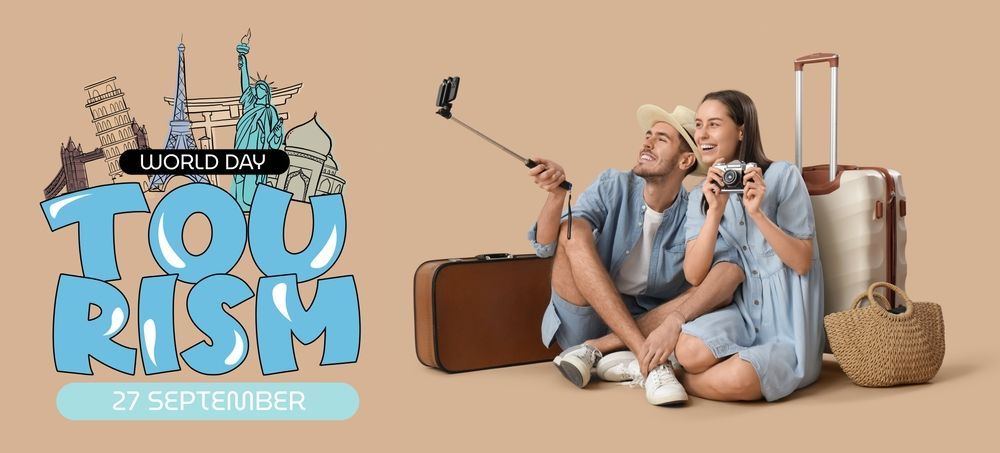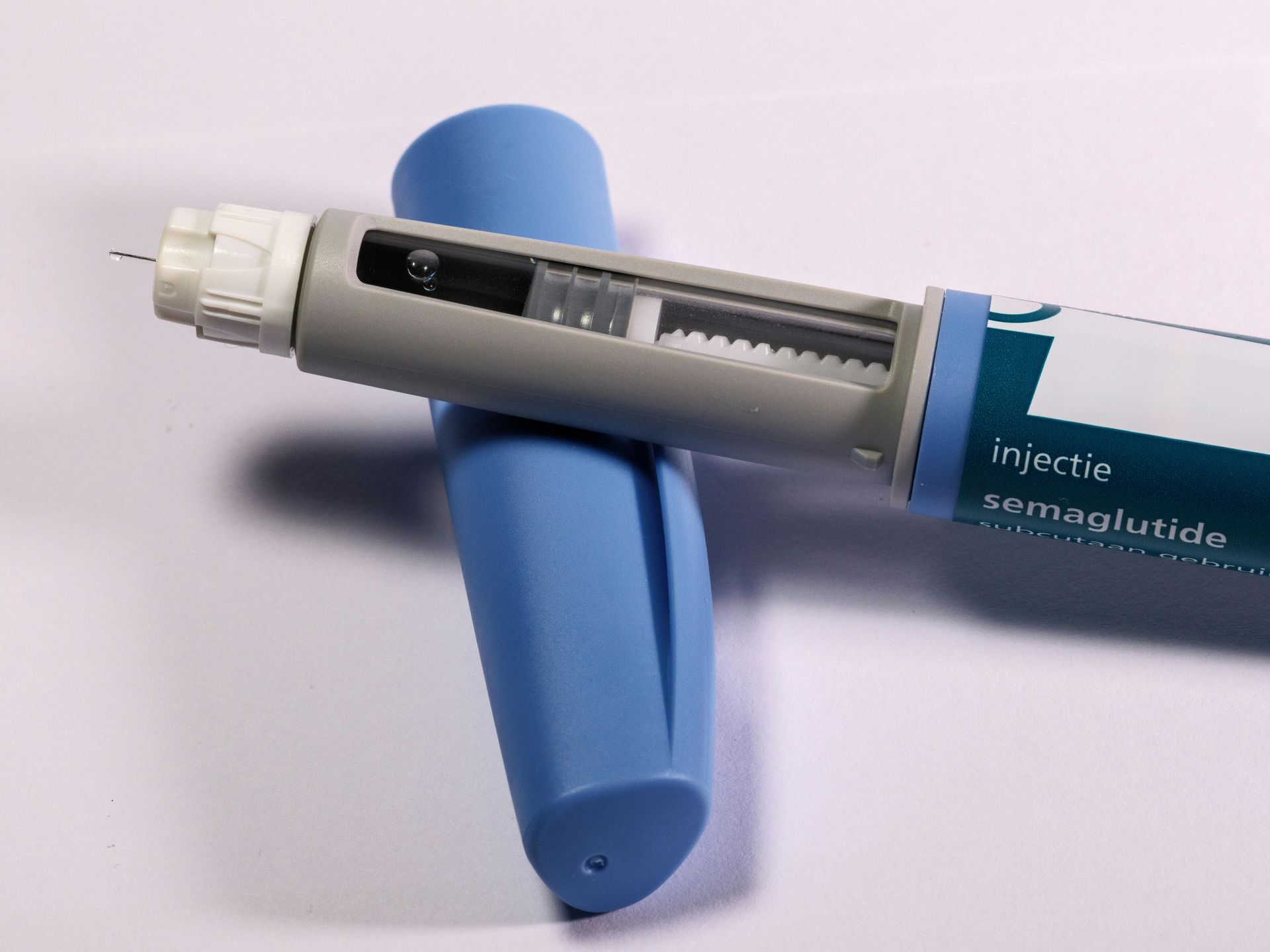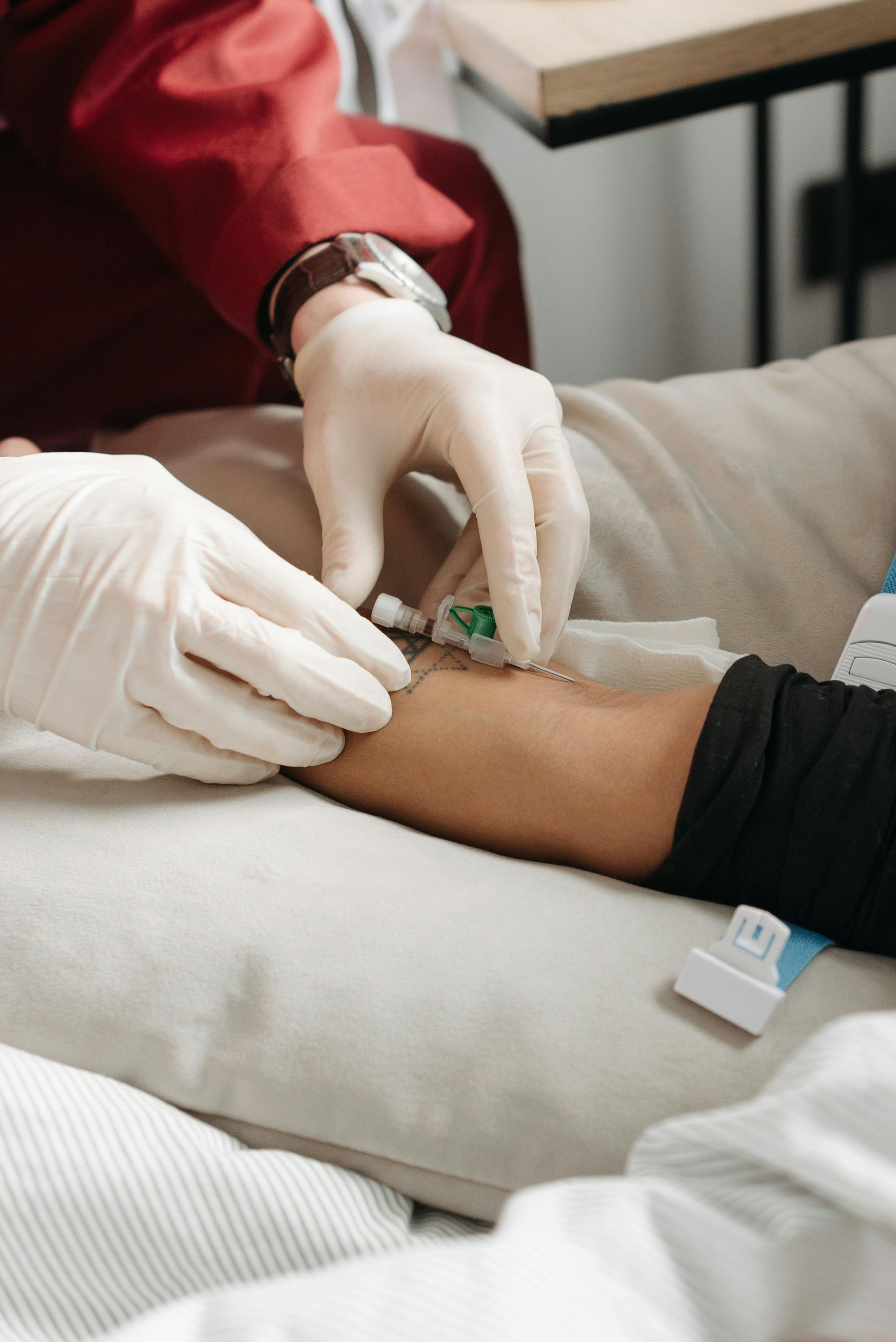Travel IV Therapy for Tourists: Rapid Recovery and Rejuvenation

In recent years, intravenous (IV) therapy has gained popularity among tourists seeking ways to rejuvenate and recover during their travels. This comprehensive guide delves into the reasons why tourists opt for IV therapy, exploring its benefits, types, and safety considerations.
Understanding IV Therapy: An Overview
What is IV Therapy?
IV therapy, or intravenous therapy, is a medical technique that delivers fluids, vitamins, and medications directly into the bloodstream through a thin tube called a catheter. This method ensures that the body receives essential nutrients quickly and efficiently, bypassing the digestive system. Due to its rapid absorption, IV therapy is commonly utilized in hospitals but is increasingly being offered in wellness centers, particularly for tourists looking to enhance their travel experience. In addition to hydration and nutrient replenishment, IV therapy can also be tailored to meet specific health needs, making it a versatile option for various conditions.
The Science Behind IV Therapy
The effectiveness of IV therapy lies in its ability to deliver nutrients and hydration directly to cells. This is especially beneficial for travelers who may have been exposed to dehydrating conditions, such as long flights or changing climates. By boosting hydration levels and replenishing essential vitamins, IV therapy helps to restore balance within the body and can lead to improved overall wellness. The infusion can include a cocktail of vitamins such as Vitamin C, B vitamins, and minerals like magnesium and calcium, each playing a crucial role in bodily functions and energy production.
Research indicates that certain nutrients delivered via IV can help combat fatigue, support immune function, and improve recovery time. For tourists, who often push their limits exploring new destinations, this science-backed method of replenishment can be a game-changer for their travel experience. Moreover, IV therapy can also aid in alleviating symptoms of jet lag, allowing travelers to adjust more quickly to new time zones. Many wellness centers now offer specialized IV drips designed specifically for travelers, combining hydration with energy-boosting ingredients that can enhance stamina and overall vitality during their adventures.
The Connection Between Tourism and IV Therapy
The Rise of Wellness Tourism
Wellness tourism is a growing trend where individuals travel with the intention of enhancing their health and well-being. As people become more health-conscious, they are now seeking destinations that offer wellness programs, including IV therapy. Many of these programs are designed to not only provide relaxation but also to promote recovery and rejuvenation.
Tourists are drawn to spa resorts, health retreats, and wellness clinics that offer IV therapy as part of their packages. This merging of travel and health allows visitors to care for their bodies while enjoying the therapeutic benefits of their surroundings.
The Role of IV Therapy in Travel Recovery
Travel can often take a toll on the body, with long hours spent in transit and exposure to unfamiliar environments. IV therapy plays a crucial role in recovery by addressing issues that commonly affect travelers. The immediate effect of rehydration and nutrient replenishment helps ease fatigue, enhances mood, and increases energy levels.
Moreover, tourists often indulge in local cuisine that may differ significantly from what they are used to. This can lead to digestive troubles, further emphasizing the role of IV therapy in mitigating such discomforts. Overall, IV therapy serves as a supportive measure to enhance the travel experience, allowing tourists to make the most out of their journeys.
Benefits of IV Therapy for Tourists
Rehydration After Long Flights
One of the most significant benefits of IV therapy is its ability to quickly rehydrate the body. Long flights can lead to dehydration due to the dry cabin air. IV therapy provides a swift solution, delivering fluids and electrolytes that restore hydration levels much faster than drinking water alone.
Travelers often report feeling revitalized after a hydration IV session, which diminishes the sluggishness that can accompany long-distance travel.
Boosting Immunity While Traveling
Another significant advantage of IV therapy is its capacity to boost the immune system. Traveling exposes individuals to new environments and potential pathogens, which can put a strain on immune defenses. IV therapy can include immune-boosting vitamins like vitamin C and zinc, helping to fend off illness during travel.
With a stronger immune response, tourists feel more secure in their ability to enjoy their trip without the looming fear of falling ill.
Overcoming Jet Lag with IV Therapy
Jet lag can significantly impact the enjoyment of a trip, leading to fatigue, irritability, and difficulty concentrating. IV therapy assists in alleviating these symptoms by restoring electrolytes and nutrients that may be depleted during travel. The increase in hydration and nutrients can help regulate circadian rhythms, thus easing the transition into new time zones.
As a result, many tourists find that they can bounce back more quickly from jet lag, optimizing their travel experience.
Common Types of IV Therapy for Tourists
Vitamin Infusion Therapy
Vitamin infusion therapy is designed to deliver a concentrated dose of vitamins and minerals directly into the bloodstream. Commonly used vitamins include B vitamins, C, and various antioxidants. This type of therapy is popular among tourists looking to boost their energy and vitality.
Hydration Therapy
Hydration therapy focuses solely on replenishing fluids and electrolytes. It is ideal for those recovering from dehydration due to travel or other activities. This treatment is often sought after during hot climates or after strenuous excursions.
Detox IV Therapy
Detox IV therapy aims to cleanse the body of toxins and impurities, promoting overall health. It typically includes ingredients like glutathione, which supports liver function and detoxification processes. Many tourists seek this therapy to rejuvenate their bodies after indulging in rich foods or excessive alcohol consumption during their travels.
Safety and Effectiveness of IV Therapy for Tourists
Medical Supervision in IV Therapy
Safety is a paramount concern when considering IV therapy. It is crucial that therapy sessions are conducted under professional medical supervision. Licensed healthcare professionals should evaluate individuals’ health needs and formulate appropriate IV regimens, minimizing potential risks associated with IV therapy.
Side Effects and Risks
While generally considered safe, IV therapy can carry potential side effects, such as infections, vein irritation, or allergic reactions. Individuals must disclose their medical history and any underlying conditions to ensure that they receive treatments that are safe for their health needs.
Success Rate of IV Therapy in Tourist Recovery
Many travelers report positive experiences following IV therapy, noting significant improvements in energy levels, hydration status, and overall wellness. Anecdotal evidence and studies suggest that when executed correctly, IV therapy can be an effective tool in helping tourists recover from the stresses of travel.
As the popularity of IV therapy continues to grow, tourists should research reputable providers and services, ensuring that they are well-informed and prepared to enhance their travel experiences.






